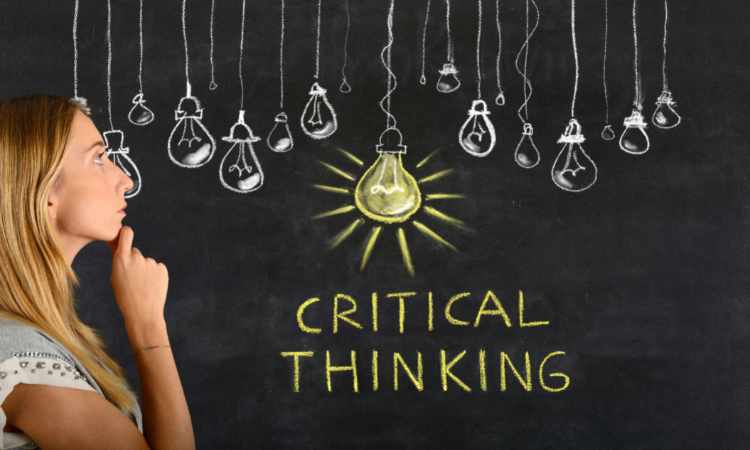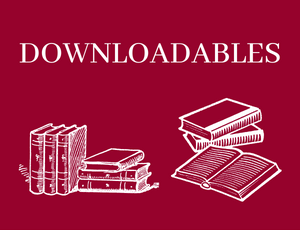Critical thinking

Critical Thinking is the ability to evaluate information to determine whether it is right or wrong. To think critically about an issue or a problem means to be open-minded and consider alternative ways of looking at solutions.
Nowadays, critical thinking is defined as the ability to think clearly and rationally, making reasoned judgments that are logical and well-thought out. Critical thinkers will identify, analyse, and solve problems following a procedure rather than by intuition or instinct.
This means to be an active learner rather than a passive recipient of information. Moreover, you don’t simply accept all arguments and conclusions you are exposed to but rather have an attitude involving questioning such arguments and conclusions.
Here are five common and impactful critical thinking skills:
- Observation: people who are observant can quickly sense and identify a new problem. Improve your observation skills by processing information in a slow way and paying attention to your surroundings.
- Analysis: the ability to analyse and effectively evaluate a situation involves knowing what facts, data or information about the problem are important. This also often includes gathering unbiased research.
- Inference: it involves drawing conclusions about the information you collect.
- Communication: effective communication habits, such as active listening and respect, help you to understand other points of view and to be able to explain your ideas in a calm, rational manner.
- Problem-solving: often requires critical thinking to implement the best solution and understand whether the solution is working as it relates to the goal.
Review this introductory video TED Ed (5 tips to improve your critical thinking)
A well-educated critical thinker:
- Ask questions and problems, formulating them clearly and precisely.
- communicates effectively with others in figuring out solutions to complex problems.
- gathers and assesses relevant information, using abstract ideas to interpret it effectively, testing them against relevant criteria and standards.
- thinks open-mindedly within alternative systems of thought, recognizing and assessing their assumptions, implications, and practical consequences.
Activity
Name of the activity:
Fact vs. Opinion
The aim of the activity:
In modern society, the difference between fact and opinion is a highly blurred line This exercise is about differentiating between fact and opinion. A fact can be proven either true or false. An opinion is an expression of feeling or point-of-view and cannot be proven true or false.
The Socratic method of inquiry, which pushes participants to ask “why”, is the motivation behind this activity.
Skills that the activity develops:
Effective communication, multi-way thinking, reasoning, logical conclusions, discussion
How many people the activity is suited for:
Minimum 4
Time requirement for the activity:
Between 30 – 45 minutes
How many instructors are needed?
1
Other requirements for the activity:
List of facts or opinions
Describe the activity in a clear and concise manner:
Place statements on paper or on a whiteboard that are either fact or opinion. If it’s a fact, learners mark the statement with an F and explain how it can be proven. If it’s an opinion, they use an O and briefly explain why they feel it can’t be proven. Have them work in groups and use the guiding questions below and come up with others.
The next part is to have the participants explain why the statement can or cannot be proven to be a fact.
- How can this statement be proven beyond a doubt?
- Does the statement have a bias?
- Is the statement based on verified information or assumption? How can we tell?
- Does the statement make use of descriptive language to appeal to our emotions?
- Is there anything misleading about this statement?
- Are the facts reliable?
- Are the opinions based on facts?
- If we all agree on something, does that make it a fact?
- How else can we verify something?

